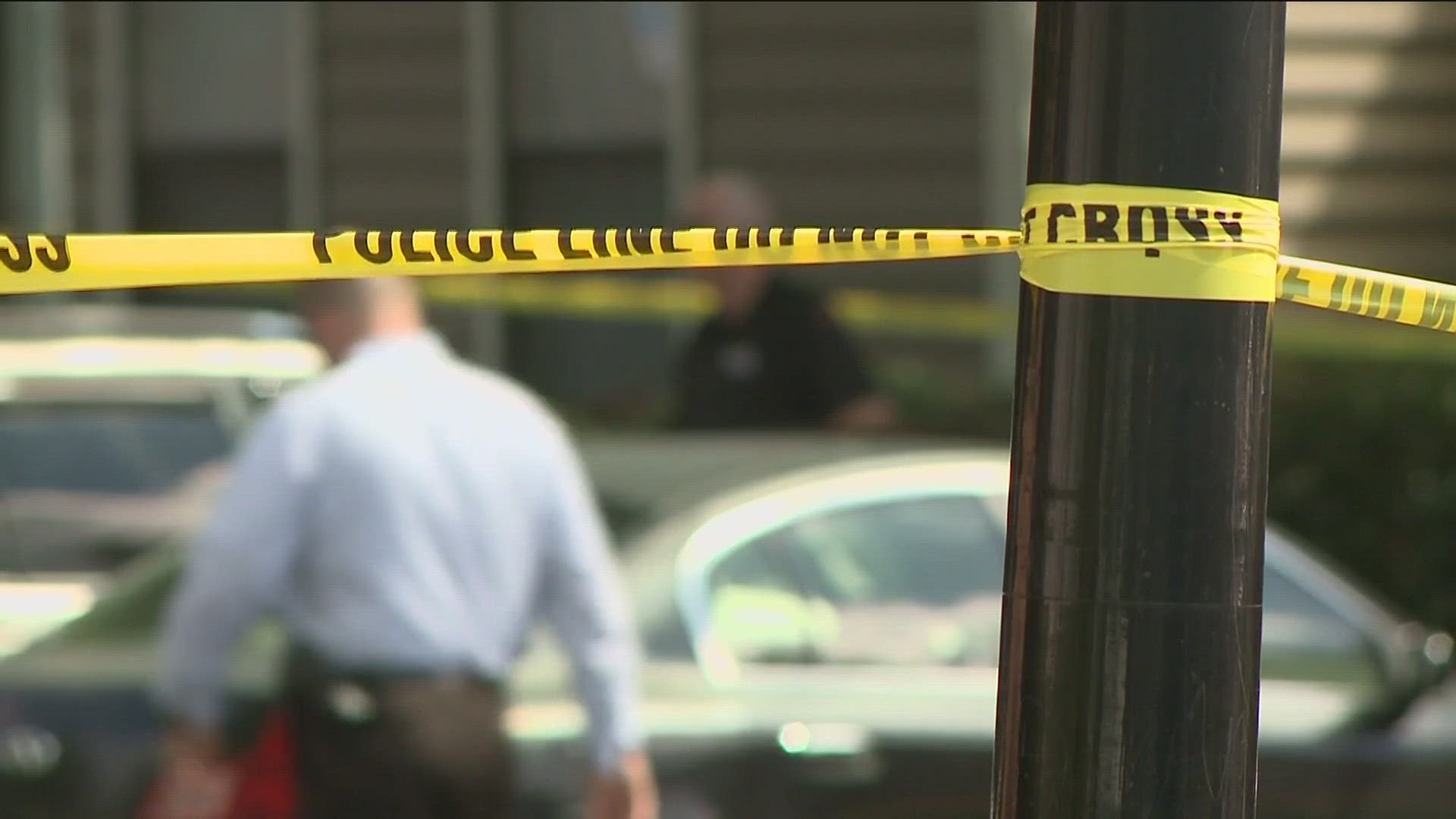MARIETTA, Ga. — We've recently seen it far too often - kids, sometimes not even teenagers - getting shot and killed.
It's one reason 11Alive's Molly Oak started digging deeper and asking police questions. The main one - why does this keep happening?
The country, state and communities are all dealing with this issue. Police say they often trace it back to the same source: Gangs.
"Kids are being recruited now when they're in middle school, in elementary school. This is not a high school problem," Gov. Brian Kemp, who made the issue one of his signature policies, said last year.
And gang recruitment is becoming harder to track because of the creative ways they are connecting with their newest - and youngest members.
"We are not immune." Marietta Police Public Information Officer Chuck McPhilamy warned. "And it is frightening to hear from a state level that these gangs are learning how to go into communities and recruit children."
"Leaders instruct gang members to construct a façade around the meetings of legitimacy by erecting inflatable jump/bounce houses, hiring ice cream vendors/trucks, hosting basketball tournaments, BBQs, and other family friendly events," the Georgia Bureau of Investigation reported.
McPhilamy said the tactics cause the kids to let their guards down and see gang members as friends and family. The GBI added this not only hides the recruitment effort behind the events, but it also prevents law enforcement from immediately catching on.
"The gangs are always looking for ways to beat the legal system, and they know that if they recruit children young enough, those children are going to end up at the youth detention center with a slap on the wrist and probation and be right back out on the street with no real way to hold them in a prison setting the way that you would an adult," McPhilamy explained.
The Georgia Department of Juvenile Justice said, in fiscal year 2022, the average daily population in the Regional Youth Detention Centers was around 736 and 233 in the Youth Development Campuses.
It said it believes 30% in the Regional Youth Detention Centers and 51% in the Youth Development Campus could be or are gang affiliated.
McPhilamy said it often starts with low-level crimes, like breaking into cars and stealing guns, before it escalates to something worse.
He noted the devastating consequences of these decisions, in many cases being made by kids too young to really understand them.
"It's heartbreaking when you see a child making the wrong decision, when you know they don't have the mental capacity yet to make that decision," he said. "But those life choices have already potentially forever changed their path, and it's catastrophic what it does to the families, to the community, to every one of their classmates within the school system."
McPhilamy said the draw for young people is that "gang members are looking at it as luring them into a life or a family" - strong bonds that can often be missing from other sources.
"It's up to us to give them alternatives," he said.

